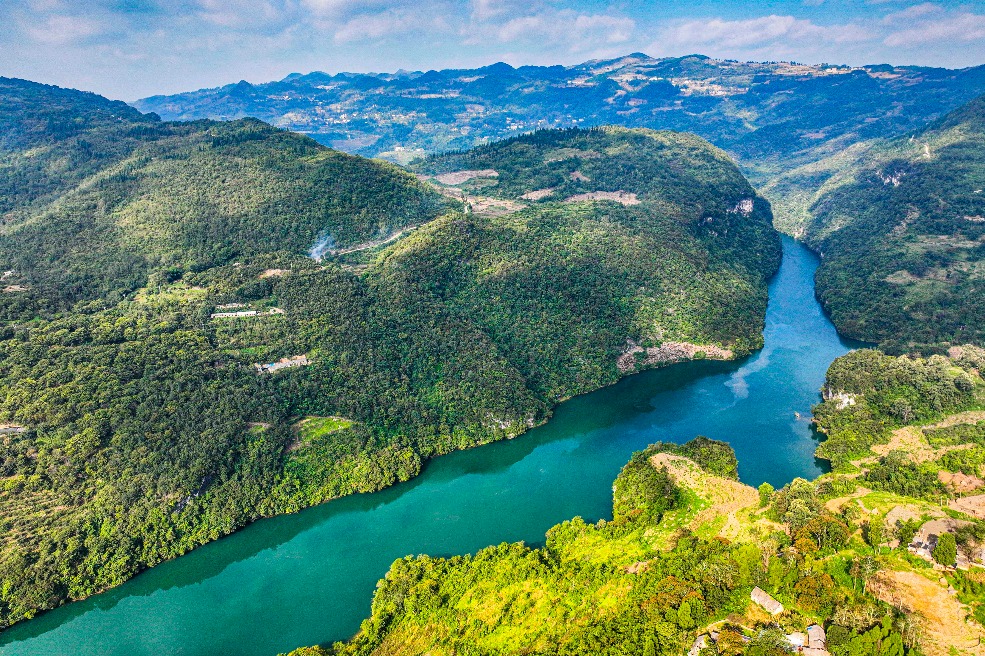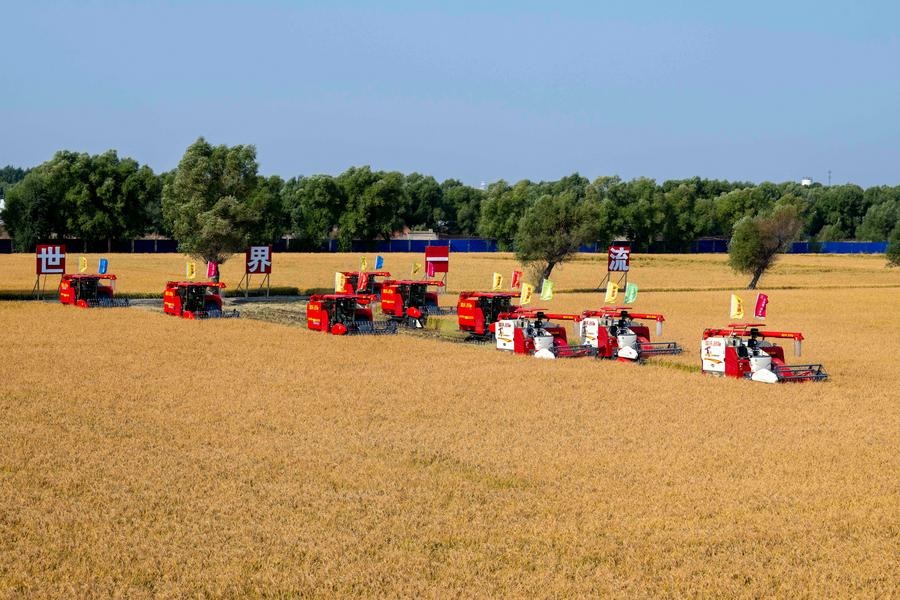Researchers unveil camouflage in alpine plant

LANZHOU -- Researchers have recently uncovered the genetic basis of camouflage in Corydalis hemidicentra, an alpine plant and its long-term co-evolution with an insect herbivore.
Growing on the rocky slopes of the Qinghai-Tibet Plateau, Corydalis hemidicentra exists in two distinct forms: one with ordinary green leaves and another with rocky-gray leaves that blend seamlessly into the surrounding stones.
The research team discovered that the gray-leaved variant produces higher levels of anthocyanins -- pigments that cause reddish, purple, or dark greyish hues -- enhancing its camouflage.
Decade-long field experiments have demonstrated that this natural disguise helps the plant evade herbivory from Parnassius butterfly caterpillars, according to Liu Jianquan, a professor at the College of Ecology, Lanzhou University.
Demographic analyses over the past 500 years indicate that plant populations with camouflage have remained more stable than those with only green leaves. In contrast, Parnassius butterfly populations have declined in areas where camouflaged plants dominate.
These findings shed light on the genetic mechanisms behind plant camouflage and its potential role in the shifting dynamics of plant-herbivore interactions.
The study was recently published in the journal Nature Ecology & Evolution.
- Bogota to present Shanghai Award, a first for South America
- Chinese researchers make breakthrough in scanning the universe
- Aerial photos reveal Guizhou's dramatic karst landscape
- Guizhou's Huanggang village named on UN Best Tourism Village list
- Gansu's first captive-born panda cub turns one month old
- China adds 22 sites to wetlands of national importance list




































